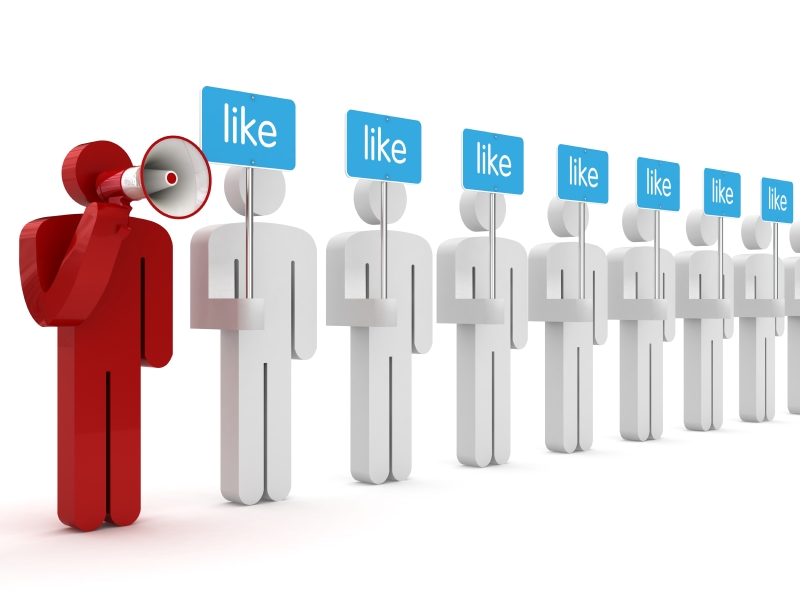
In the first years of e-commerce, it was generally accepted that customer loyalty and online shopping were mutually exclusive. The Web seemed to make customer loyalty irrelevant; at the click of a mouse, shoppers could effortlessly cover the globe in search of the lowest price, with little to hold them at one site. Yet, while it’s true that online shoppers can skip easily from one site to the next, a highly loyal segment of online shoppers has emerged nonetheless, and tools such as Internet bookmarks have led to usage patterns that are loyal, almost addictive. Today, loyal shoppers visit their favorite sites far more frequently than they would any bricks-and-mortar store.
This surprising degree of customer loyalty can have an enormous impact on web-site profitability. We simulated the long-term economics of web sites in various industries, and customer loyalty proved to be a crucial factor in profitability, even more so than for offline companies. Small changes in loyalty alone, especially among the most profitable customers, can account for the long-term divergence of initially comparable online companies, with some rising to exceptional returns and others sinking to lasting unprofitability.
Why does customer loyalty have such a large impact on a site’s economics? Consider the following facts, which were
You won’t break even on one-time shoppers. Because customer acquisition costs in e-commerce are high, to recoup your investment you need to convince customers to return to your site time and again. For example, the average online apparel shopper in this study wasn’t profitable for the retailer until he or she had shopped at the site four times. This implies that the retailer had to retain the customer for 12 months just to break even! (Figure 1) And online grocers, who spent upwards of $80 to acquire a customer, had to retain that customer for 18 months to break even. In fact, except for high-ticket items, in almost no instance can an online retailer break even on a onetime shopper.
Repeat purchasers spend more and generate larger transactions. In our study, the longer their relationship with an online retailer, the more customers spent in a given period of time. In apparel, the average repeat customer spent 67 percent more in months 31-36 of his or her shopping relationship than in months zeroto-six. (Figure 2) And in groceries, customers spent 23 percent more in months 31-36 than in months zero-to-six. Higher spending levels were due in part to more frequent shopping and in part to larger transactions. For instance, in apparel, a shopper’s fifth purchase was 40 percent larger than the first, and the tenth purchase was nearly 80 percent larger than the first. This aids retailer profitability, because in e-commerce, where transaction costs are largely fixed, larger transactions equal more profitable transactions.
Repeat customers refer more people and bring in more business. Word of mouth is the single most effective and economical way online retailers grow their sites. And loyalty, it turns out, can be a key lever for referrals. On average, an apparel shopper referred three people each to an online retailer’s site after their first purchase there. After ten purchases, that same shopper had referred seven people to the site. (Figure 3) For consumer electronics and appliances, initial referrals were just over four, while total referrals after ten purchases were 13. The dollar impact of these referrals can be significant: over three years, customers referred by online grocery shoppers spent an additional 75 percent of what the original shopper spent. For both electronics and apparel, this number was over 50 percent.
Loyal customers will buy other products from you. Across the board, web shoppers expressed willingness to buy different types of products from their online retailers of choice. For example, almost 70 percent of Gap Online customers said they would consider buying furniture from the Gap. And 63 percent of online grocery shoppers would buy toiletries and OTC drugs from their online grocers. Repeat purchasing not only builds trust (so a customer will more likely consider purchasing other products), it also provides more cross-selling opportunities. All these facts add up to a simple sum: customer loyalty on the Internet is a key driver of longterm profitability. Loyal online customers, just like offline ones, spend more, refer more people, and are more willing to expand their purchasing into new categories. As a result, they are more profitable than one-time shoppers. Online retailers who succeed in building customer loyalty will ultimately be more profitable than online competitors who focus only on transactional metrics such as number of visitors, number of shoppers, eyeballs, and so forth.
So what drives e-loyalty, and how can you improve it?
Chintan is the Founder and Editor of Loyalty & Customers.


